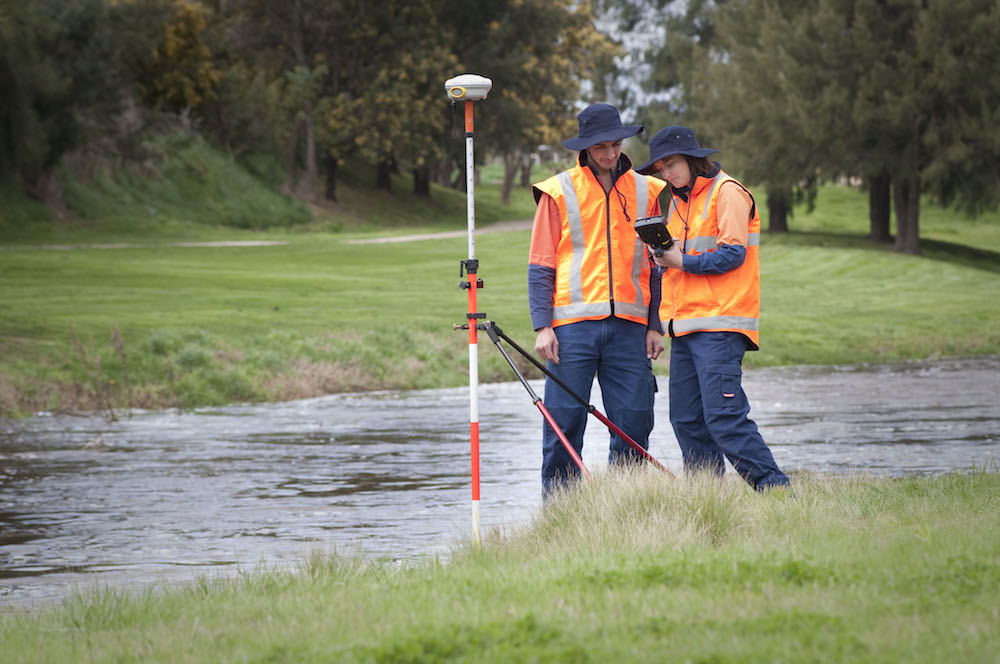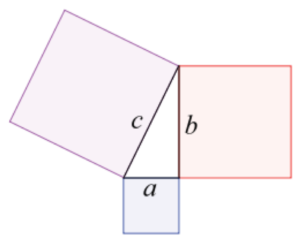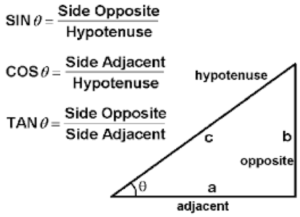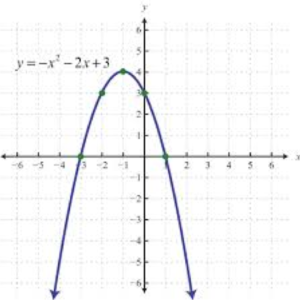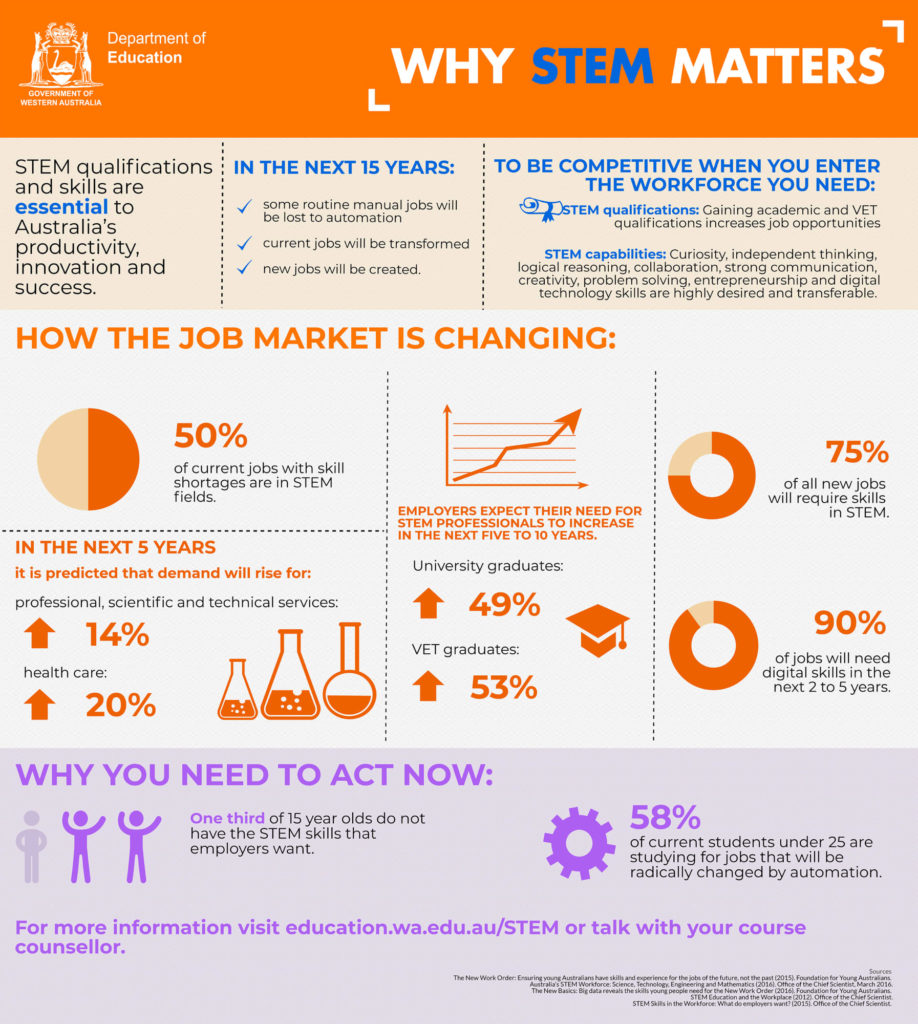What you learn at school can be the key to unlocking what you’ll study after school. For students who find STEM subjects engaging, there are some real opportunities out there in the world of surveying.
Hold on – STEM, you say? What is STEM?
You may have heard the term STEM thrown around in the past. Either way, it’s worth your while to stop, pull the term apart and get to grips with it – because STEM is at the heart of a lot of the subjects offered at high school, as well as many study areas we pursue during our tertiary careers. In fact, STEM is an integral component in many professions that we as a society rely on in the 21st century – professions that are taking us into the future.
Think of this as your ultimate guide to STEM careers.

